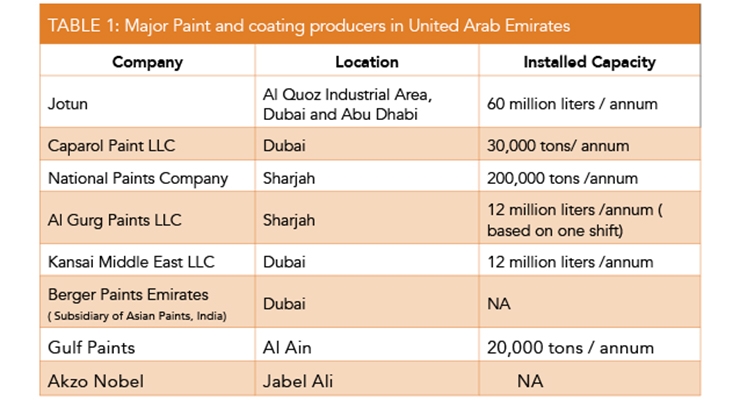In-Depth Process For Obtaining Your Wall Surfaces Ready For A Fresh Coat Of Paint
In-Depth Process For Obtaining Your Wall Surfaces Ready For A Fresh Coat Of Paint
Blog Article
Post By-Hickey Dillard
When you're prepping your walls for painting, it's essential to follow a methodical process to make certain a perfect coating. Beginning by taking a look at the wall surface for any damages; this step can make or break your task. Once you have actually determined any type of problems, cleaning up the surface area properly is necessary, as a dirty wall surface can affect paint bond. After that, you'll require to spot any blemishes and use a primer. However there specify strategies and suggestions that can boost your preparation game-- let's explore those additional to achieve the best outcomes.
Assessing Wall Surface Problem
Before you grab your paintbrush, take a moment to analyze your wall surfaces' problem. Check for any type of noticeable damages like splits, holes, or peeling paint. These imperfections can influence how the paint adheres and looks when it's completely dry. If you observe any type of significant damage, you'll require to prioritize fixings prior to diving into painting.
Look very closely at the appearance of your wall surfaces. Is https://www.southernliving.com/home/colors/interior-paint-colors-to-avoid , or is there structure that might call for special consideration? Smooth walls typically need much less preparation, while textured surfaces may require even more time to repaint evenly.
Likewise, consider https://hectorjidav.tokka-blog.com/33522044/transform-your-home-with-these-cutting-edge-inside-paint-color-styles . If the old paint is glossy, it mightn't enable new paint to stick appropriately. You'll want to know if your walls have been repainted with oil-based or water-based paint, as this can influence your option of guide or paint.
Finally, take note of any wetness concerns. If you see indications of water damages or mold and mildew, address these issues promptly to stop additional issues.
Cleansing the Surface
When you have actually assessed the problem of your wall surfaces, the following step is cleansing the surface area. Start by gathering your supplies: a pail, cozy water, a mild cleaning agent, a sponge or towel, and a scrub brush for tougher places.
Begin on top corner of the wall surface and function your way down. Mix the detergent with cozy water in your bucket, then dip the sponge or cloth into the solution. Wring it out to prevent too much dampness on the wall surfaces.
As you clean up, pay very close attention to locations that might've collected dust, oil, or fingerprints. For persistent stains, use the scrub brush carefully to prevent damaging the paint underneath. Rinse your sponge or cloth often in clean water to prevent spreading out dust around.
After cleaning, it's vital to wipe the wall surfaces with a moist fabric to get rid of any type of soap residue. This action makes sure a smooth surface for the brand-new paint to stick to.
Enable the walls to dry entirely prior to proceeding to the following prep work steps. This comprehensive cleansing procedure will certainly assist create a fresh canvas for your painting task, ensuring the most effective outcomes.
Patching and Priming
Patching and priming are vital action in preparing your walls for a fresh layer of paint. First, check your walls for any openings, splits, or blemishes. Utilize a premium spackling substance or patching paste to load these locations.
Use the substance with a putty knife, smoothing it out so it's flush with the surrounding surface. Enable it to completely dry entirely, and after that sand it lightly up until it's smooth and also.
As soon as you've covered whatever, it's time to prime. Primer helps secure the covered areas, guaranteeing the paint adheres effectively and supplies an uniform finish. Pick a primer suitable for your wall surface type and the paint you'll be using.
Use the primer using a roller for larger locations and a brush for edges and sides. If your covered locations are considerably large or permeable, you might want to use a second coat of guide after the first one dries.
After priming, let everything dry extensively before carrying on to paint. This prep work will not just boost the appearance of your wall surfaces however likewise lengthen the life of your paint task.
Take your time, and you'll be pleased with the results.
Verdict
By complying with these straightforward steps, you can attain a smooth and specialist coating on your wall surfaces. Beginning by evaluating their condition, after that tidy and patch any imperfections prior to using primer. Bear in mind to permit sufficient drying out time and make certain every little thing is smooth before you dive into painting. With the right preparation, you'll set the stage for an attractive change in your space. Currently, gather your materials, take in the fresh air, and prepare yourself to repaint!
